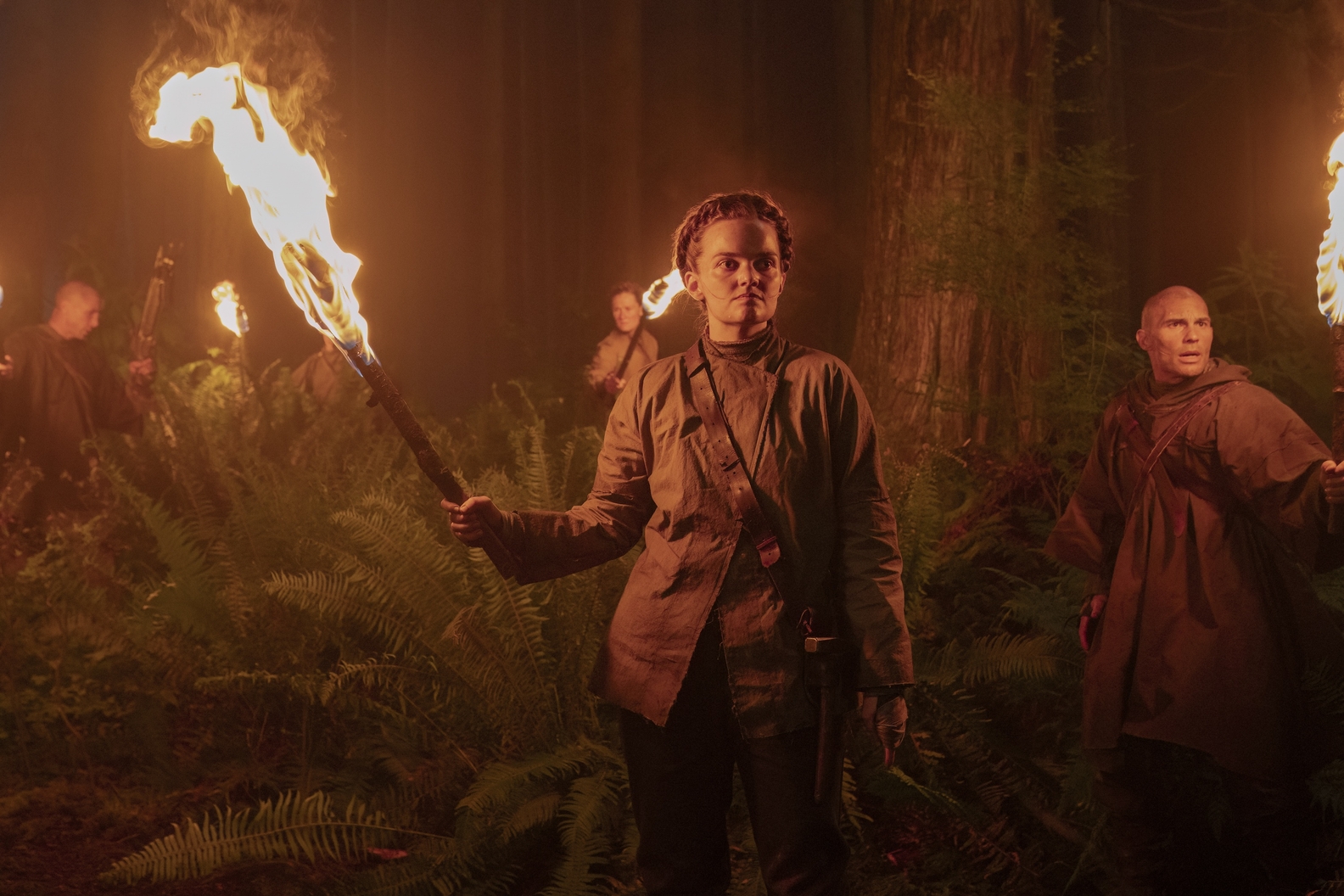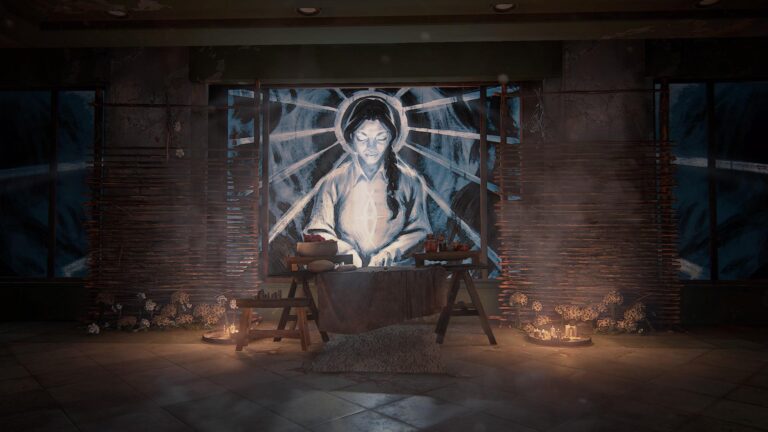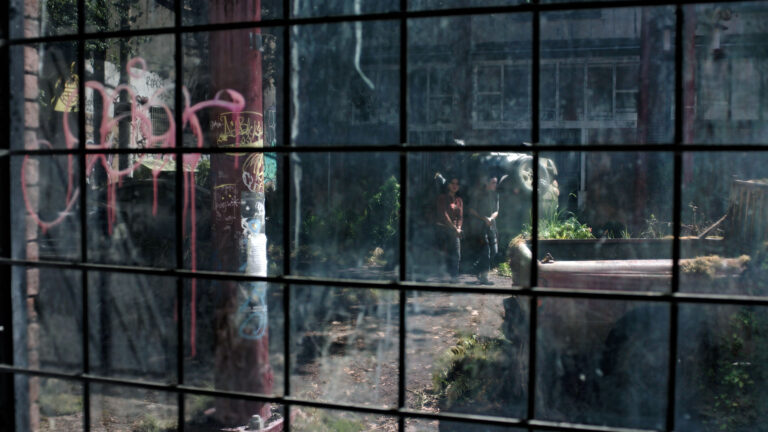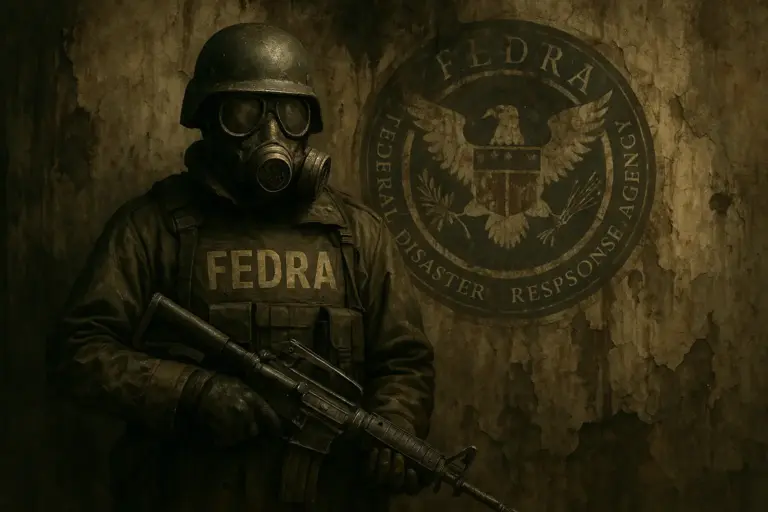If you’ve been watching HBO’s gripping adaptation of The Last of Us, you’re probably aware: factions in this universe run from mysterious to downright terrifying. But among crazed cults, savvy communities and aggressive militia, one particular group stands apart – the Seraphites. Called “Scars” by outsiders, they’re mysterious, dangerous, and a little unsettling. So what’s their deal, exactly? Let’s dive deep into who the Seraphites are, their strange beliefs, chilling rituals, and why they’re so critical to the sprawling saga of TLOU.
Origins: A Prophet Emerges in Chaos
Our story starts in Seattle, not long after the Cordyceps outbreak turned civilization to dust. Around late 2013 or early 2014, a mysterious woman popped up in the ruins. She declared the outbreak divine punishment, humanity’s penalty for straying far from nature and towards decadence. Dubbed “the Prophet,” she urged survivors to toss technology aside and return to a pure, agrarian lifestyle. For many in the traumatized community, her message resonated deeply. Followers swelled, and gradually a full-blown community formed around her teachings.
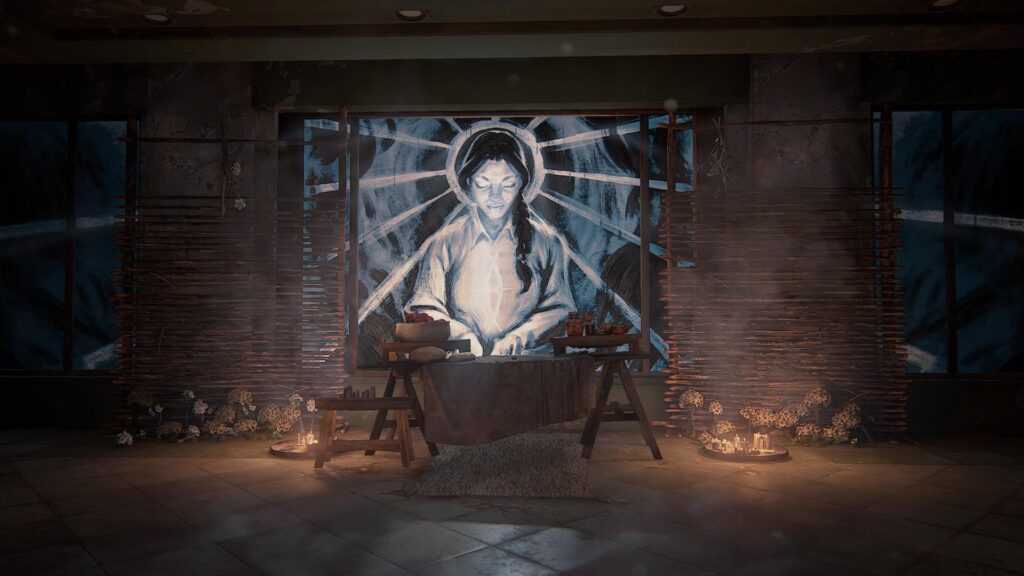
But here’s the kicker: the Prophet’s teachings weren’t just a gentle suggestion – they grew into strict dogma. After her eventual death (because, let’s face it, prophets rarely survive long in dystopias), the community’s structure tightened dramatically. Elders stepped in, ruling with an iron fist, and the Seraphites became the real deal – religiously fanatical, organized, and increasingly combative.
Structure and Leadership: Zealotry Led by Elders
Today, the Seraphites are far from disorganized hermits in the woods. They’re a well-oiled machine, shaped by religious dogma, hierarchy, and strong social control. Leaders, known simply as the Elders, take responsibility for interpretation and enforcement of the Prophet’s dictates. Totally immersed in their doctrine, these Elders yield absolute authority. Step out of line, and you might face execution or severe punishment. That’s why most Seraphites don’t mess around or question directives lightly.
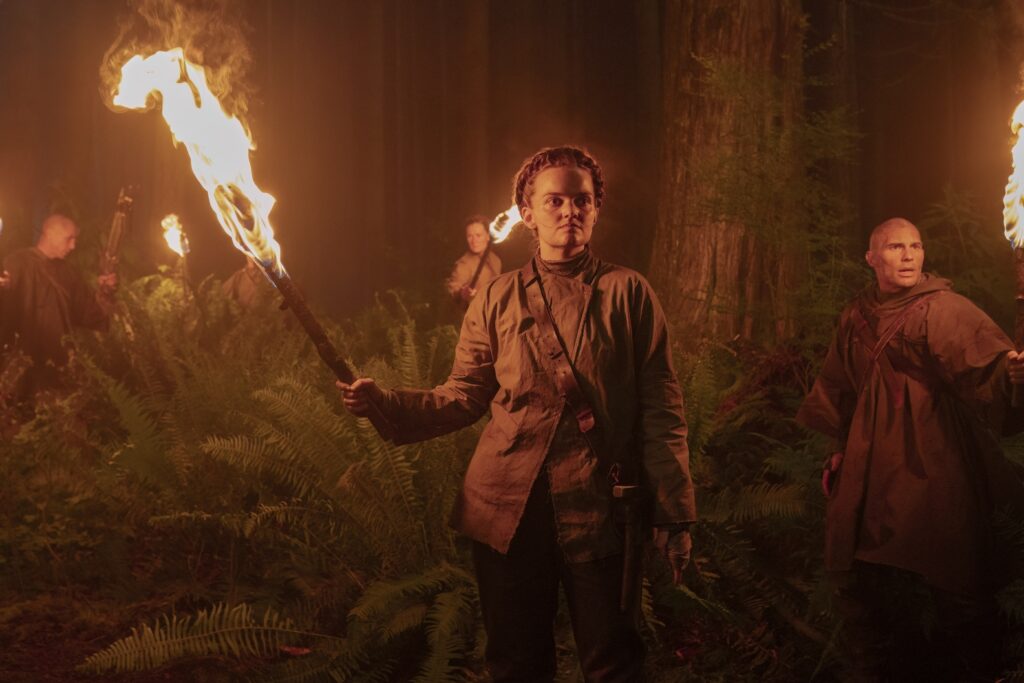
Below the Elders stand warriors earning rank through bravery. Lower still, farmers, builders, healers – each with strictly assigned roles. Work assignments aren’t suggestions; they’re commands handed directly from above, shaping each member’s life from sunrise until sunset.
Scarred Faces and Silent Whistles: Understanding Seraphite Culture
Now, let’s talk scar-markings because this is the most iconic visual symbol of the Seraphites. Every member bears ritual facial scars – a twisted devotion to rejecting vanity and sin. These marks, reminiscent of a “Glasgow smile,” visually separate “true believers” from outsiders, giving rise to the derisive “Scar” nickname by opposing groups. Pretty creepy, right?

And if the scars don’t spook you enough, their war strategies surely will. Seraphite soldiers barely speak aloud. Instead, they use an eerie, coded whistle system to signal during combat. Whistles echo hauntingly through the dense urban forests and abandoned buildings they call home, allowing soldiers frightening stealth and coordination.
Here’s a quick peek into other hallmark Seraphite practices:
- Clothing: Men shave their heads, while women braid their hair tightly around crowns. Uniform clothes symbolize humility and equality – no fancy outfits here.
- Weapons: Rejecting technological weapons, they favor bows, arrows, lanterns, clubs and axes – deadly simplicity is their credo.
- Terminology: Outsiders? “Stragglers.” Deserters? “Apostates.” Infected? Those poor mindless creatures are remembered as “demons.”
Turf Wars: Seraphites vs. Everyone Else (Mainly WLF)
Living peaceably with a zealous militia isn’t easy, and Seraphites have naturally made plenty of deadly enemies. Foremost among them stand the Washington Liberation Front—or WLF – nicknamed “Wolves” by pretty much everyone else. Originally, coexistence between Wolves and Seraphites seemed just uneasy, but small tensions exploded fiercely over resources, regional control, and differing values.
The conflict grew deadly fast. Brutal guerrilla warfare erupted on the streets of Seattle, reshaping the city into an endless urban battlefield. To the Wolves, Seraphites became dangerous cult fanatics threatening stability. To Seraphites, the Wolves embodied humanity’s corrupted remnants, stubbornly clinging to self-destructive technology. Today, their conflict sits at the core of Seattle’s ongoing struggle to define post-outbreak society.
Video Game Seraphites versus TV Seraphites: Observing the Nuances
Fans originally discovered Seraphites through The Last of Us Part II, experiencing visceral fear hearing their haunting whistles echo through gaming headsets. Naughty Dog’s compelling storytelling showed Seraphites deeply entrenched and impressively fleshed out. Video game medium allowed players to directly witness their ritualistic brutality and harsh internal logic – particularly through Lev, a teenage Seraphite apostate offering unparalleled insight into their brutal codes and belief system.

Then HBO’s adaptation arrived, granting the faction added nuance many viewers didn’t expect. Season two, currently bringing events from Part II to screens, explores their Prophet’s origins and cult leadership closely. We now see more emphasis on religious iconography, rituals, and visual symbology uniquely heightened for television. The Prophet herself – barely glimpsed in-game – features more prominently, highlighting her monumental influence.
In the TV series, viewers receive more character-driven storytelling around Seraphite myths and waited-for revelations. While the game closely focuses player experience against the backdrop of warfare, HBO enriches the narrative by revealing complicated motives and beliefs behind the faction.
Notable Facts, Easter Eggs, and Cool Tidbits
Eagle-eyed gamers and viewers alike always appreciate nifty little details, right? Luckily, Seraphites offer plenty of fascinating nuggets:
- They refuse modern firearms, yet expertly craft powerful bows and deadly arrows. The Prophet banned modernization, viewing technology as a sinful mistake – hence bows and torches replacing guns and flashlights.
- Artistic graffiti and murals depicting the Prophet reside scattered around Seattle. Not just decorative – these haunting artworks cleverly reveal bits of Seraphite lore scattered throughout the setting.
- Naughty Dog deliberately designed enemy AI with Seraphite whistling codes. Each whistle has a unique meaning, letting attentive gamers decode their tactical communication.
- In both game and series, dialogue carefully differentiates terminology differences among groups, subtly heightening immersion. Seraphites consistently label infected as “demons”—humans punished by divine providence.
The Seraphites: Symbols, Stories, and Significance
Ultimately, the Seraphites sit among TLOU’s most hauntingly memorable creations. Their ideology seems both understandable yet terrifying, born from hopelessness and desperation. While rejecting technology creates empathy – especially in a broken apocalypse flooded with horrifying infected – their utter fanaticism and ruthless adherence terrify you simultaneously.
Narratively speaking, Seraphites aren’t merely scary villains to eliminate and move past. They embody complex questions around desperation, belief, loyalty and loss. Their brutal tribal warfare against groups like WLF forces players and viewers alike to consider bigger ethical questions: Can people’s hearts truly manage compassion beneath fanaticism and violence? Does apocalypse remove ethics or demand stronger moral choices more than ever?
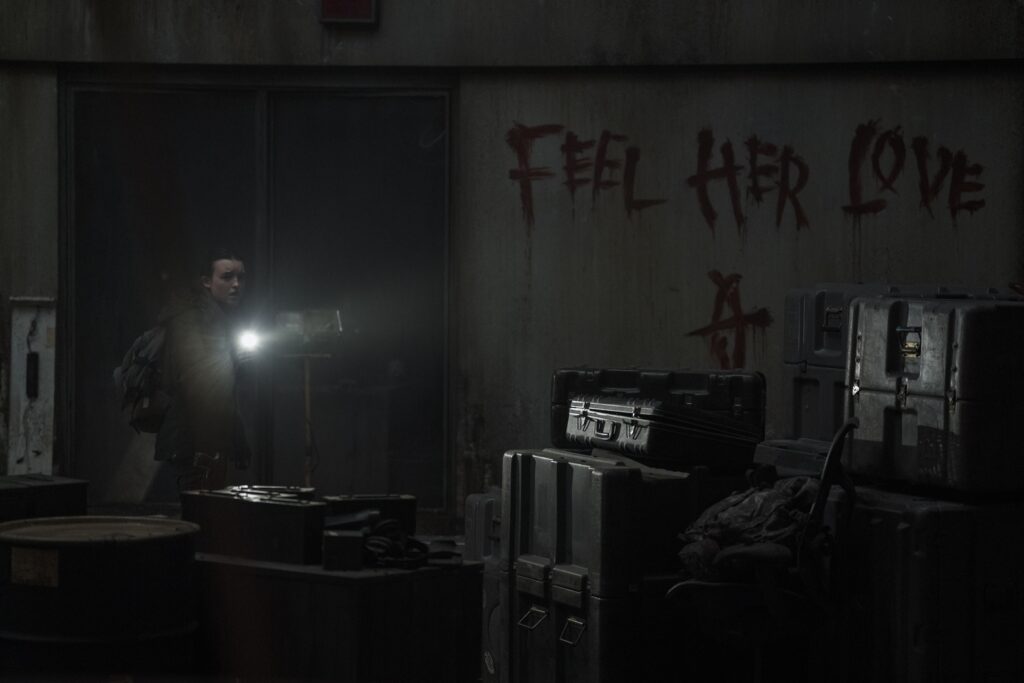
Sure, they’re a savage cult – scarred warriors wielding bows, lurking through lost cities whispering whistles in darkness. But morally clear-cut villains hardly exist anywhere in TLOU’s nuanced gray universe, and Seraphites strongly continue this ambiguous tradition.
Love ’em or fear ’em, they’re crucial puzzle pieces, showcasing humanity’s fragmented, spiritually damaged attempts at survival amid unthinkable devastation. Next time you see their eerie torches flickering in distant windows or hear their whistles hauntingly echo through ruined city streets, pause a second. The Seraphites, for all their terrifying mystery, deeply enrich and complicate the compelling tapestry we call The Last of Us.

